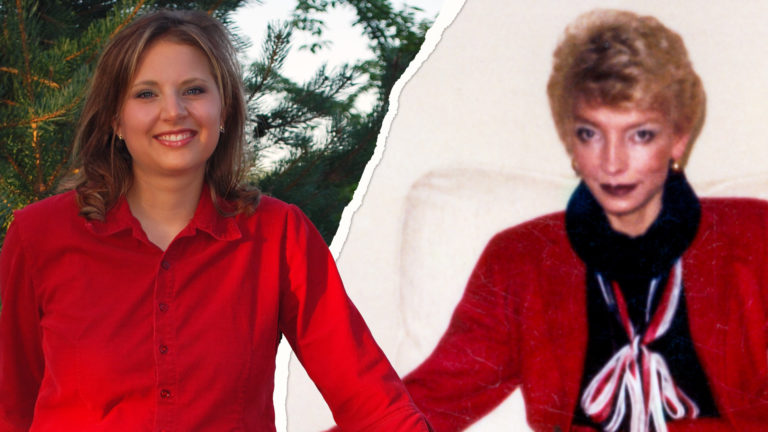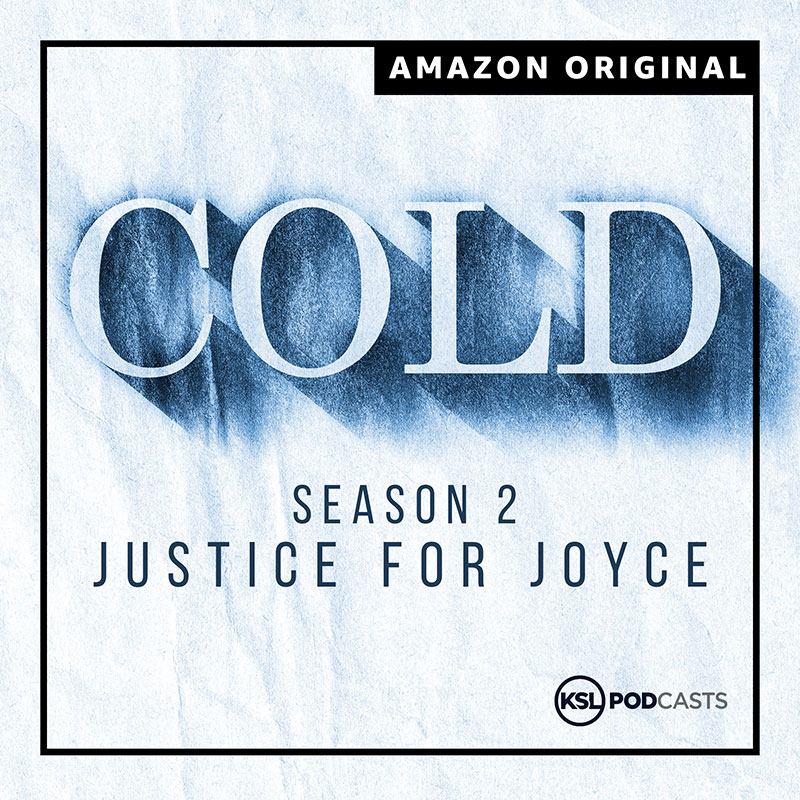One of the most enduring questions to linger long after the disappearance of Susan Powell was this: why had prosecutors not charged Susan’s husband Josh Powell with her murder?
The filing of formal charges against Josh would have allowed West Valley City, Utah police to arrest and detain him, potentially preventing the subsequent events that culminated with the Feb. 5, 2012 murder-suicide in which Josh killed his sons, Charlie and Braden Powell, while also ending his own life.
I heard this question often in the months following the conclusion of Cold’s first season. It came from listeners on social media, from people attending conferences where I was speaking about domestic abuse and even from members of law enforcement unaffiliated with the Powell case.
Former West Valley City, Utah police detective Ellis Maxwell, the lead investigator on the Susan Powell case, told me during our interviews for Cold’s first season that he understood why people still raise questions like this.
“There’s a lot of people in the country, in the world that wanted answers,” Ellis said, “from the media all the way down to the Cox family because believe it or not, they didn’t know a whole lot more than anybody else.”
A circumstantial case
The problem that police faced in the Powell investigation was a lack of definitive evidence.
Josh Powell’s actions in the hours and days following the discovery of his wife’s unexplained absence on Dec. 7, 2009 — including his evasive statements in interviews, his possession of Susan’s cell phone, his destruction of probable evidence and his still-unexplained 18-hour vanishing act in a rental car — made him the prime suspect in her presumed murder.
“You can’t say that Josh is responsible for her disappearance based off of any of that because we don’t have any witnesses, we have no confession and we have no body.”
Ellis Maxwell
Without the recovery of Susan Powell’s body, however, and the facts it might reveal about when, where and how she died, detectives were unable to present prosecutors at the Salt Lake County District Attorney’s Office with a conclusive story about how Josh might have carried out the crime.
Body of evidence
“When you have a physical body that is the subject of a homicide, it’s placed in time and space,” District Attorney Sim Gill told me. “That body creates a narrative tale of logical possibilities.”
If there are too many logical possibilities, it becomes unlikely that a prosecutor will be able to secure unanimous agreement among a jury that any one person is guilty of a murder.
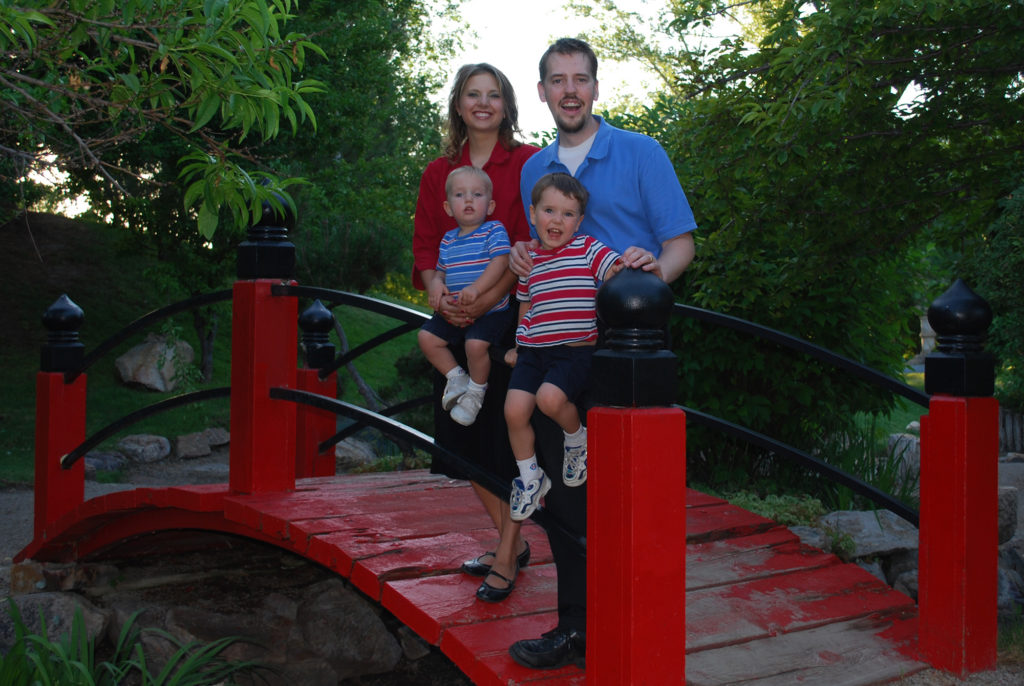
“When you don’t have that physical body, when that forensic piece is missing, there is a whole host of logical possibilities and if I have more than one logical possibility in any realistic sense, I have reasonable doubt,” Gill said.
That’s not to say a body is an absolute necessity in every single homicide prosecution.
Had prosecutors charged Josh Powell with the murder of his wife, they would have likely done so in Utah’s Third District Court. It’s useful then to look at the existing body of case law in Utah’s state court system involving no-body homicides.
The case of Rudy Rebeterano
There is no definitive list of no-body murder prosecutions in the state of Utah but a review of archived news reports and court decisions has revealed at least three such cases which resulted in convictions prior to Susan Powell’s disappearance in 2009. The earliest of those was State v. Rebeterano.
The Rebeterano case involved the disappearance of a man named Mike Johnston. He had been at a bar in the city of Brigham City on the night of July 21, 1981 when he met a woman named Debbie Griffiths. They’d spent time socializing together, both at the bar and at another person’s home.
Johnston escorted Griffiths back to the motel where she was staying with her ex-husband, Rudy Rebeterano, at about 5:30 a.m. on the morning of July 22. Rebeterano was waiting for them there.
A fight erupted between Johnston and Rebeterano, during which Griffiths fled and contacted police. Griffiths would later say she saw Rebeterano carrying a large bundle out of the apartment, which he placed into the trunk of Johnston’s car before driving away in that vehicle.
Police arrived a short time later and entered the apartment. They located fresh blood, which was of the same type as Johnston’s. Officers found a white bedsheet missing from one of the beds. A kitchen knife, which Griffiths had seen Rebeterano using to peel potatoes the prior evening, was also unaccounted for.
Johnston’s car turned up later that same day a few blocks away from the motel. Blood stains were present on the rear bumper and in the trunk. A little over two weeks later, a maintenance worker found a blood-stained knife on the roof of the motel.
Rudy Rebeterano submitted to a polygraph examination. The examiner asked Rebeterano “did you stab Mike” and “did you cut Mike with a knife.” Rebeterano answered “no” to each question. The polygraph results suggested those answers were not truthful.
Rebeterano was then arrested, charged and convicted of second-degree murder.
Corpus delicti
Rebeterano appealed his conviction, challenging both the admissibility of the polygraph as well as the very notion that Mike Johnston was dead. Police had not then, and have still not today, located Johnston’s body. This, Rebeterano’s lawyer argued, meant the prosecution had not met the burden of proof. Corpus delicti had not been established.
Corpus delicti is a Latin phrase which translates to “body of the crime.” In legal circles, it’s understood to mean the facts must establish a crime has occurred before a person can be tried for that crime.
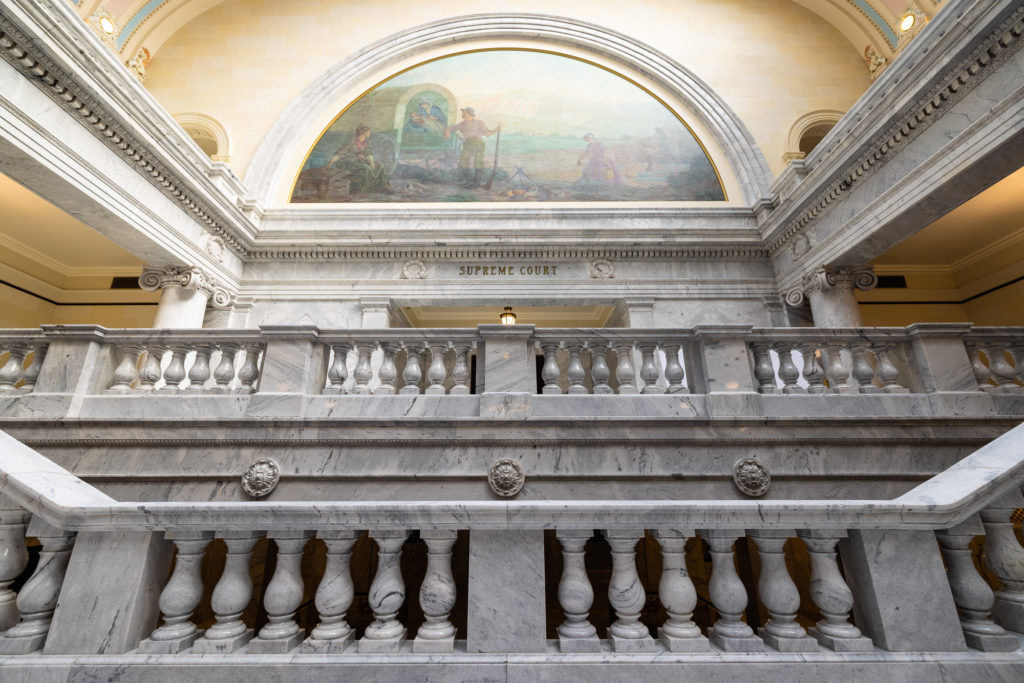
The Utah Supreme Court in its review of Rudy Rebeterano’s appeal said “apparently no case in Utah has decided whether production of a corpse is necessary in a homicide case to prove the corpus delicti.” The high court justices examined the law, both in Utah and across the United States, before finding that production of a body was not mandatory for establishing corpus delicti in a murder case.
“The mere disappearance of a victim would not ordinarily be sufficient to support a conviction,” Justice I. Daniel Stewart wrote, before going on add “…even though the evidence was circumstantial, it was sufficient to establish that Mike Johnston was intentionally killed by criminal means.”
In other words, the Rebeterano decision established that under Utah law murder can be proved without a body, so long as the totality of the circumstances surrounding the person’s disappearance shows the crime has occurred.
Cold season 2
The Rebeterano case is not the focus of Cold season 2. But that April, 1984 decision from the Utah Supreme Court did set precedent. It established the framework for what would come a little over a year later when a woman named Joyce Yost disappeared from her apartment in South Ogden, Utah.
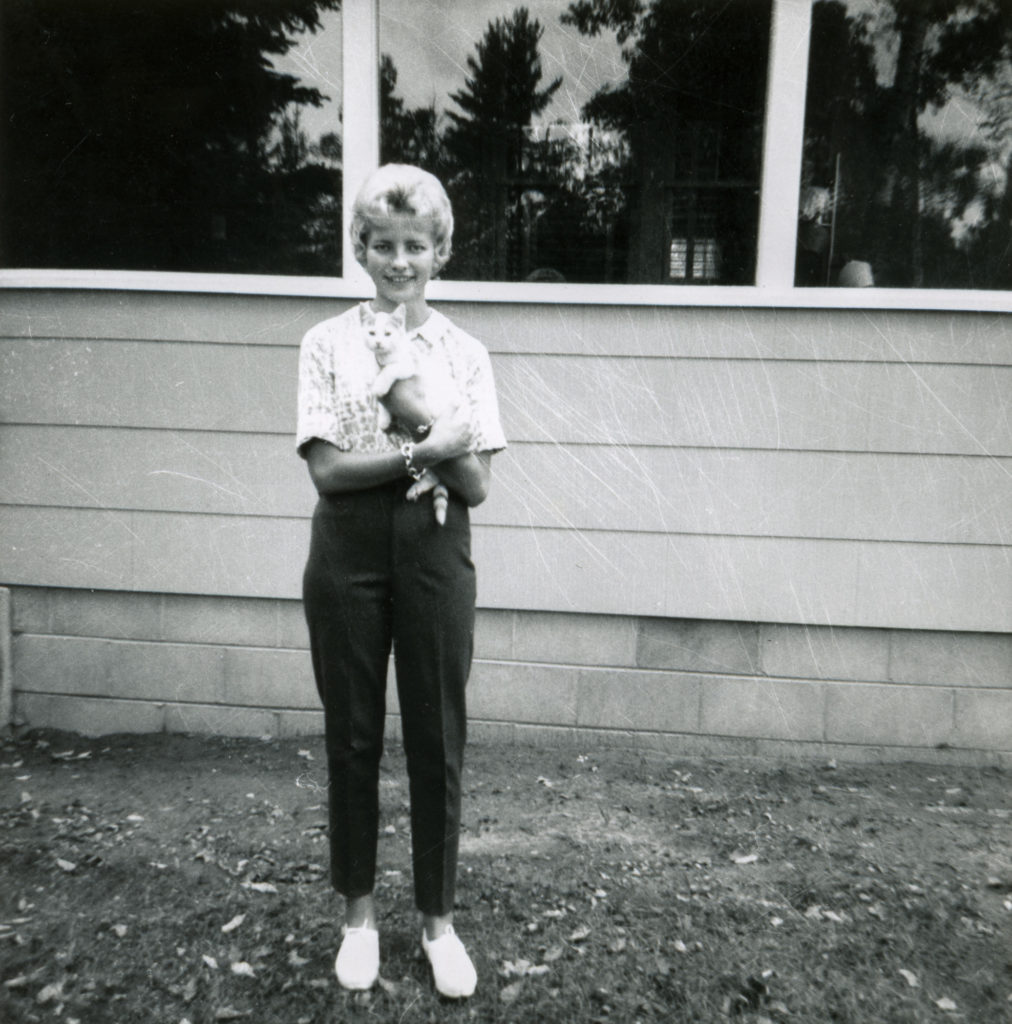
Season 2 of the Cold podcast will take you inside the no-body homicide investigation triggered by Joyce Yost’s disappearance. Audio tapes never before made public will allow you to hear Joyce, in her own voice, describe the events which preceded her death.
You will learn why police suspected one man, Douglas Lovell, yet were unable to arrest him at the time. You will see how some individuals and institutions gave, and continue to give, Lovell every opportunity to evade the ultimate penalty.
And together we will explore the most critical question: is there such a thing after all this time as justice for Joyce Yost?
Hear Joyce Yost’s voice for the first time in the Cold podcast season 2, exclusively on Amazon Music.
Episode credits
Research, writing and hosting: Dave Cawley
Audio production: Dave Cawley
Audio mixing: Dave Cawley
Cold main score composition: Michael Bahnmiller
Cold main score mixing: Dan Blanck
KSL executive producers: Sheryl Worsley, Keira Farrimond
Workhouse Media executive producers: Paul Anderson, Nick Panella, Andrew Greenwood
Amazon Music team: Morgan Jones, Eliza Mills, Vanessa Rebbert, Shea Simpson

